MAVERICK MAPPER
There’s something about Hamburg
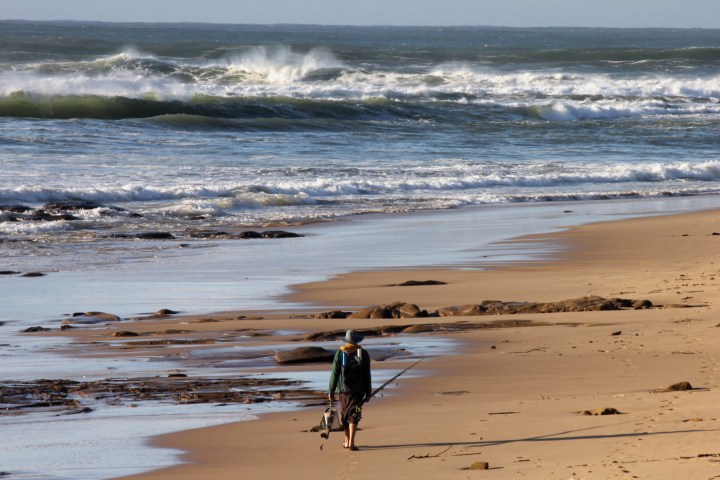
No supermarkets, no fast food joints, no billboards. Just cows, goats, donkey carts, a few people, the river and a secluded beach.
If an action-packed break in a buzzing holiday destination is what you’re looking for, a trip to Hamburg, a quiet seaside village in the Eastern Cape, is probably not for you. You’d be better off looking elsewhere along the Sunshine Coast: perhaps Port Alfred, Jeffrey’s Bay, East London or even Gqeberha.
South Africa’s most recent census, which was published over a decade ago in 2011 (the next is slated for this year), puts Hamburg’s population at 1,348, spread across 454 households.
Sprawled along the edge of the Indian Ocean, on a strip better known as the Sunshine Coast – and roughly halfway between Port Alfred and East London – the village is also home to the Keiskamma River estuary.
Established by German settlers in 1857, hence its name, the storied village became a popular holiday resort in the early 20th century after plans to build a port there were frustrated. Later, in 1972, it was incorporated into what was then known as the Bantustan of Ciskei.
The journey there
That popular quote, often (mis)attributed to American poet and essayist Ralph Waldo Emerson, comes to mind: “Life is a journey, not the destination”, or perhaps the clichéd variations on the quote, such as “the journey is more important than the destination”, or “the doing is more important than the outcome” – take your pick.
In the case of the road leading to Hamburg, taking in the beauty is certainly almost as enjoyable as the destination.
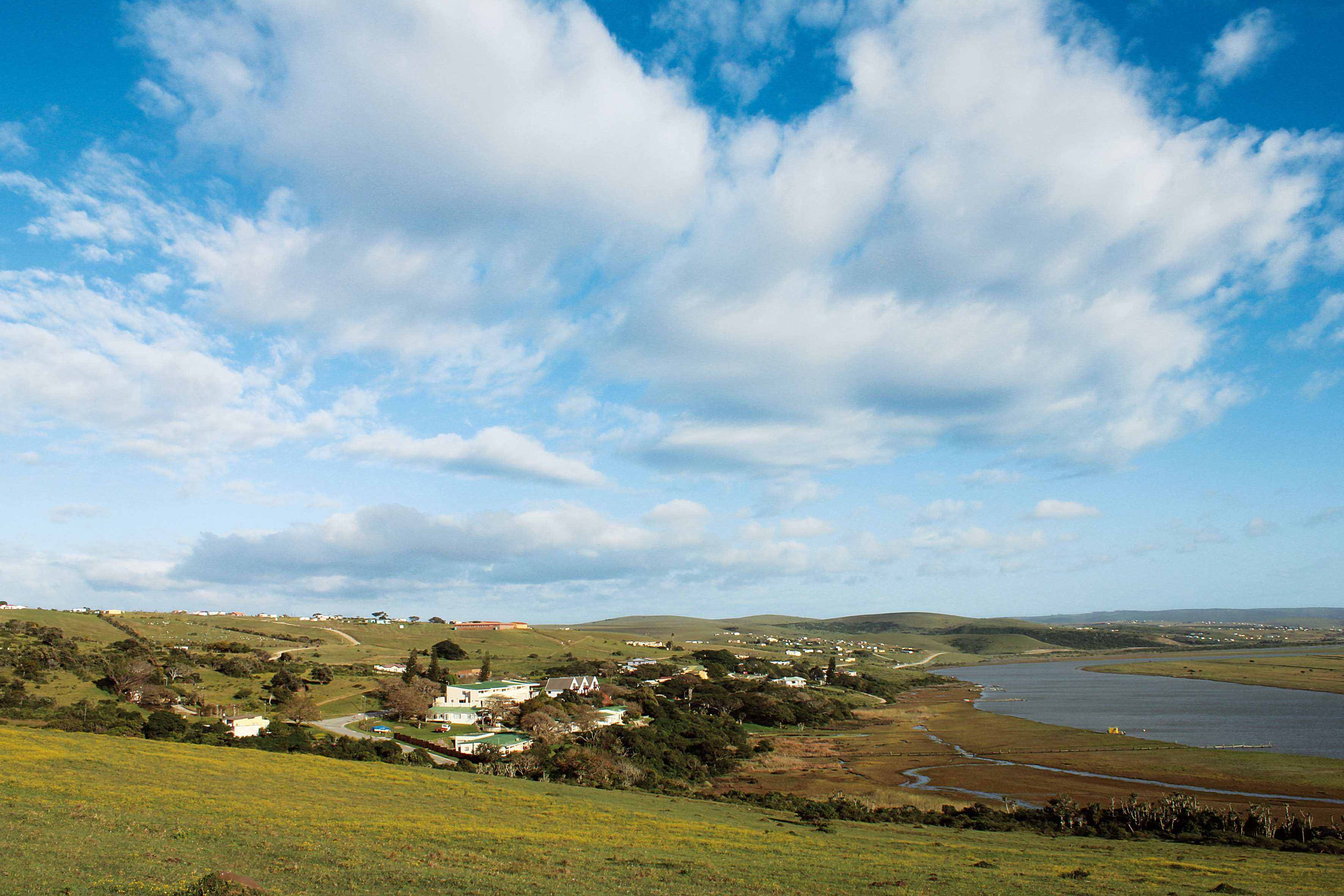
A view of the small town of Hamberg, halfway between Port Alfred and East London (Photo by Gallo Images / GO! / Jacques Nel)
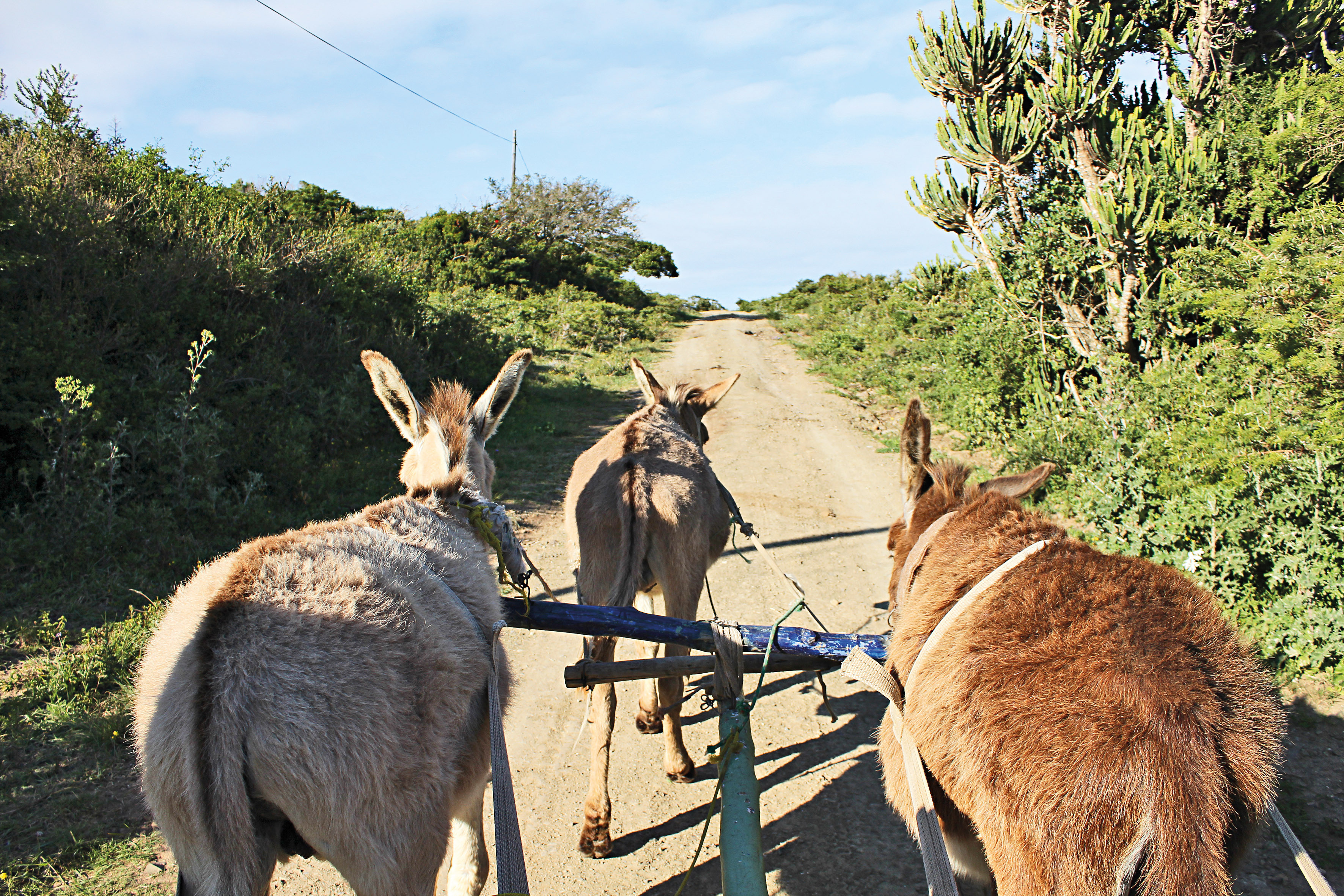
Three donkeys pulling a cart on a dirt road in Hamburg. (Photo by Gallo Images / GO! / Jacques Nel)
Depending on where you’re driving from, you might reach this dirt road via the R72, or first the N2, then the R345 and then later turning into the R72 for a kilometer or so before turning towards Hamburg. If coming from Port Alfred and driving up along the coast, most of your drive will be along the R72, but if driving along the N2, either coming down from East London, or up from Gqeberha or Grahamstown, you’ll first take a turn into the R345 when you reach Peddie, away from the town and towards the coast.
Depending on the season, for the next 25 minutes or so, expect to be treated to classical Eastern Cape scenery: here be the kind of rolling green hills that must surely have inspired parts of former president Thabo Mbeki’s hopeful and poetic 1996 speech, I am an African, when he wrote: “I owe my being to the hills and the valleys, the mountains and the glades, the rivers… that define the face of our native land. I am an African!”
Sadly, the many potholes along the road will occasionally drag you back to reality, a reminder of dashed hopes and broken promises. Nonetheless, the peace that awaits might help you forget, even if for a few hours.
Eventually, the R345 meets the R72. Here you’ll take a right turn and a minute or two later, a left turn onto a dirt road that will lead you into Hamburg 14kms later. Here, too, the scenery, the hills, the villages along the road and dotted about on distant hills, the cows, the sheep, the donkeys, and eventually the mouth of the Keiskamma River, all combine to slow down time, widening the distance between you and your city worries.

A boat on a lake with the sun setting in the background. (Photo by Gallo Images / Jacques Nel)
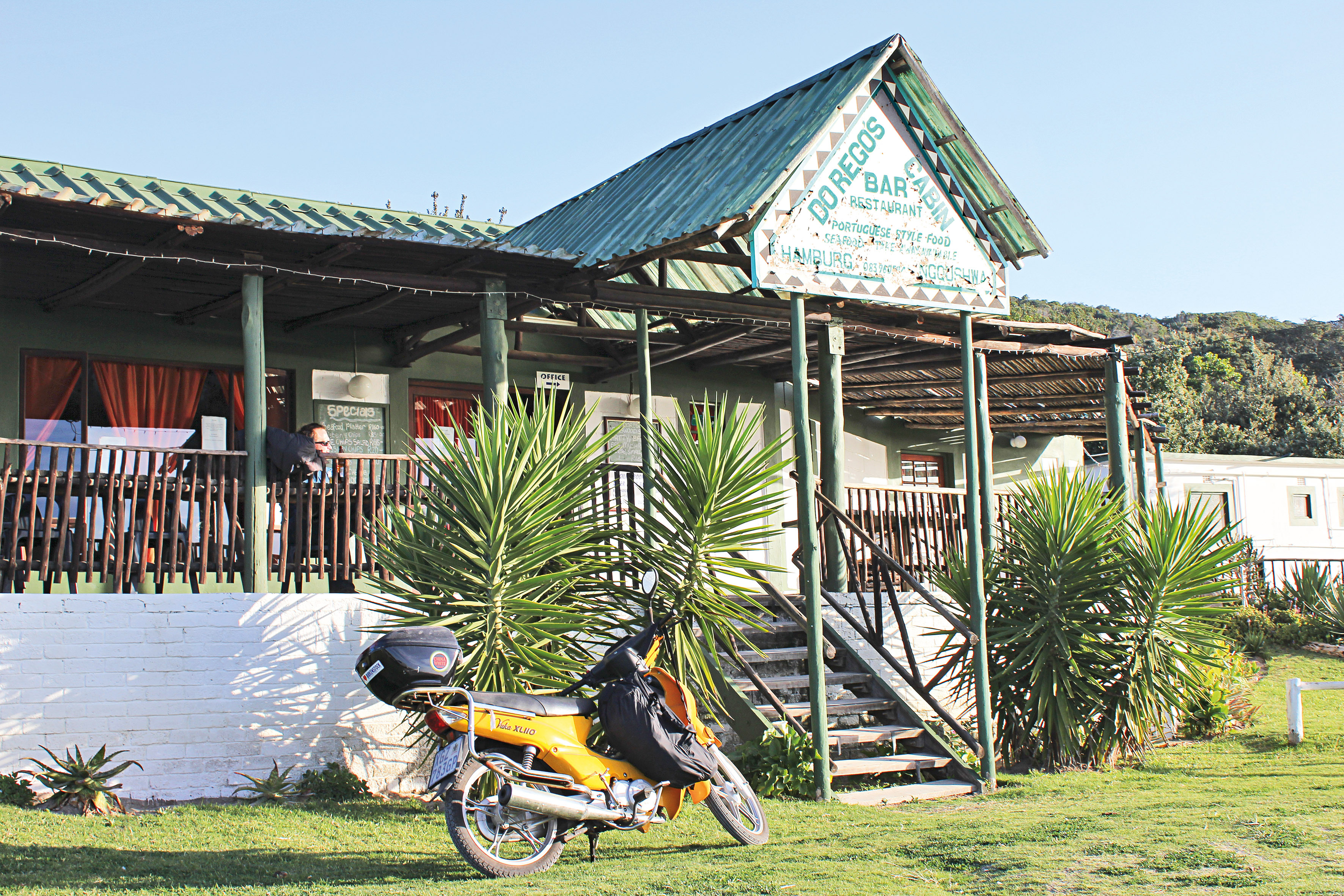
Do Rego’s restaurant in Hamburg. (Photo by Gallo Images / Jacques Nel)
Hamburg
Whether in the city, township, suburb, dorpie or village, it’s hard to deny the effects of apartheid spatial planning on South Africa, where areas seem to delineate the community demographic that live there. While that was once strictly racially defined, many areas today reflect a clear economic divide. The well-off get the nice locations and views, while those lower down the ladder are packed into a smaller area sans views and space.
Hamburg feels and looks different. While it has its share of fancy beach houses, much of its charm comes from all the traditional rural homes typical of the Eastern Cape’s Xhosa villages.
Admittedly, living in the village is likely to reveal tensions otherwise unknown to visitors. This is still South Africa, after all. But there is a charm to a location that feels not entirely like a seaside resort, or a (very) small town, or even an ordinary South African village, but rather like something that has a bit of everything, without leaning too much either way.
Things to do
There isn’t much, and that’s the point. There are no supermarkets, no fast food joints, no ATMs, no petrol stations – and all of two restaurants. One opens only during the holiday season in December and January, and perhaps for special occasions. That would be the Blue Door, owned and operated by husband and wife team, Karen Clark and Garvey McConnel; it overlooks the estuary.
The owners are legends in these parts.
McConnel roasts his own coffee, called Handmade Coffee, which is also sold in East London and Makhanda. Clark, on the other hand, is a renowned midwife and co-founder of Birthworks, a website that aims to provide a “platform for women to network to find appropriate caregivers as well as to hire birth equipment to facilitate the kind of births they want”.
Then there’s the famous Dorego’s Bar, a bit of a dive next to a caravan park right on the banks of the Keiskamma river mouth. Here awaits a laid back environment – expect a menu of pizza, fish and chips, calamari and chips and so on. And if you wish, a walk along the banks of the river.
While this writer has never so much as touched a fishing rod, I have it on good authority that there are various good fishing spots along the estuary. There’s also the beautiful somewhat secluded beach – it is exquisitely quiet, allowing much isolation to enjoy the relatively warm waves of the Indian ocean.
Perhaps one of the village’s best-known attractions is the Keiskamma Trust, which was established in 2002 by Dr Carol Hofmeyer. The trust’s most famous project is the Keiskamma Art Project, a community based initiative that has produced artworks such as the renowned Keiskamma Alterpiece, which has been widely exhibited locally, in Canada and in the US. A visit to the Keiskamma art centre is a must.
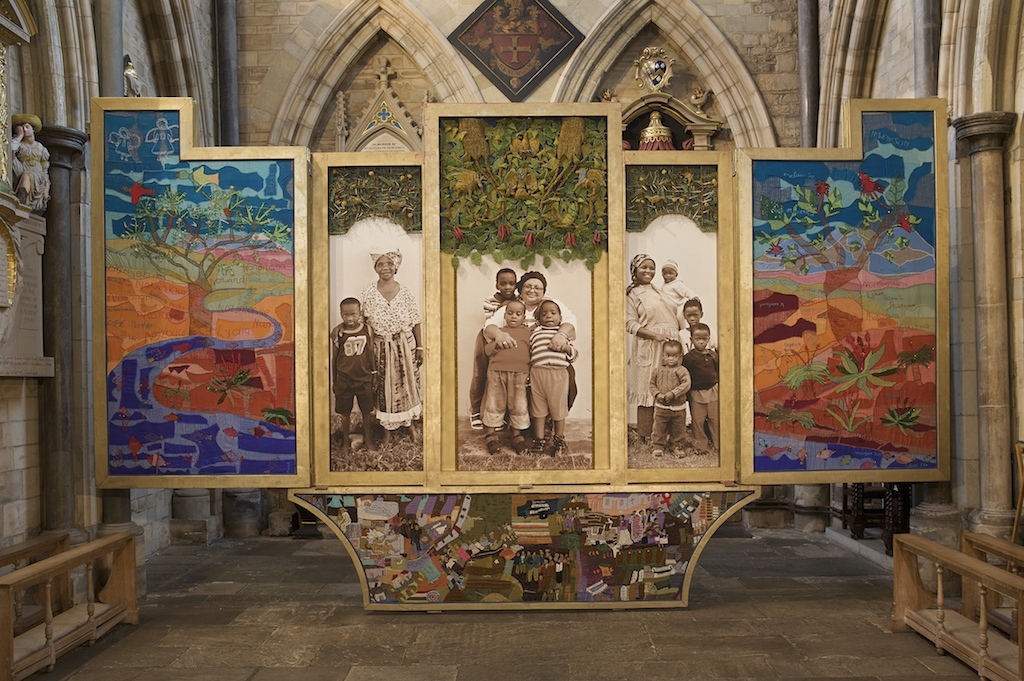
The Keiskamma Altarpiece at Southwark Cathedral. It consists of 14 panels of embroidery, beadwork and photographs and was made in 2005 by more than a hundred women in the village of Hamburg, in the Eastern Cape province of South Africa. It tells the story of AIDS and poverty as experienced in their community. When the second set of doors opens, three life-size photographs of local grandmothers with their grandchildren are revealed. They represent the strength and resilience of grandmothers across Africa who have taken on the burden of caring for the many children orphaned by AIDS. Susan from the front panel is shown again on the left, with Demileâ’s son, whom she now looks after. (Photo by Tina Stallard/Getty Images)
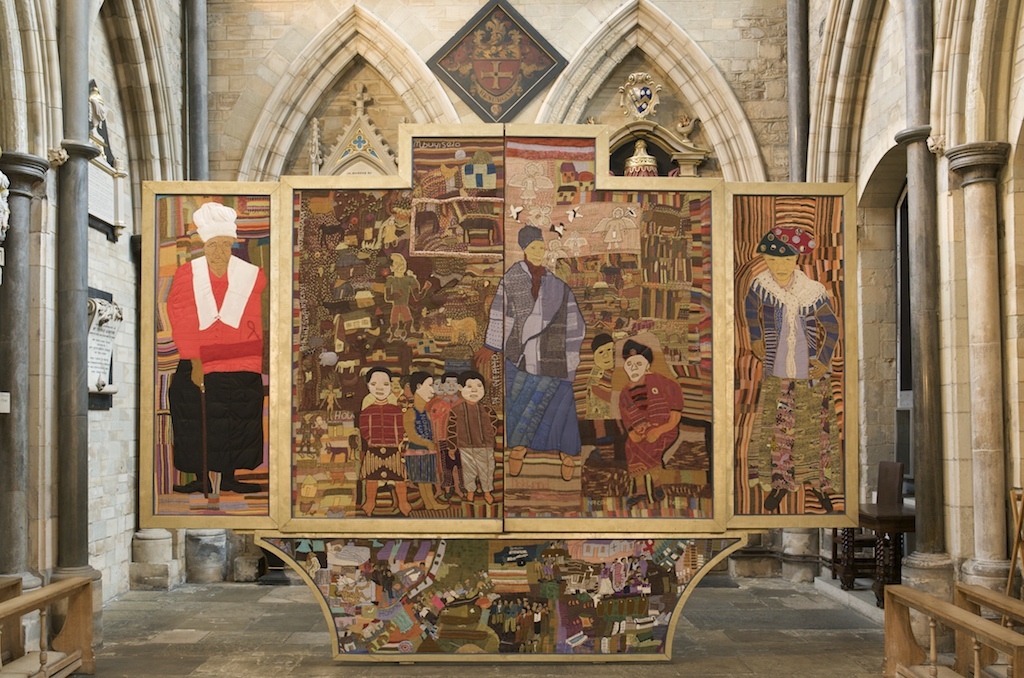
The Keiskamma Altarpiece on show at Southwark Cathedral. It consists of 14 panels of embroidery, beadwork and photographs and was made in 2005 by more than a hundred women in the village of Hamburg, in the Eastern Cape province of South Africa. It tells the story of AIDS and poverty as experienced in their community. On the first panel, a widow whose husband has died of AIDS stands in front of the cross, with AIDS orphans beside her. On either side of the centre panel are two saints of Hamburg, Leginah and Susan, respected older women. The lower panel shows the funeral of Dumile, the son of Susan, who died of AIDS in 2002. (Photo by Tina Stallard/Getty Images)
However, it is best to pre-arrange your visit with either the art project’s manager Michaela Howse ([email protected]) or (the production manager, Cebo Mvubu ([email protected] ). And when you get there, make sure to visit the Keiskamma arts project shop for easily packable hand-embroidered items such cushion covers, bags, masks and other items.
Whatever you choose to do in Hamburg, prepare to relax in one of the most idyllic seaside South African settings. And drive slowly, there are a fair amount of donkey carts on the road. DM/ML

















 Become an Insider
Become an Insider
When I drove there a year ago the dirt road was undergoing some kind of upgrade. Maybe it had been going on for years as these things will, and will continue to be. Or maybe it’s just a camouflage the keep the city slickers at bay. Hamburg is a bit of the old Wild Coast south of the border.
Hamburg, if one doesn’t relax there then one won’t relax anywhere.
A huge tortoise crossed the dirt road as I drove down to Hamburg. I went because I saw the altarpiece in Southwark Cathedral.